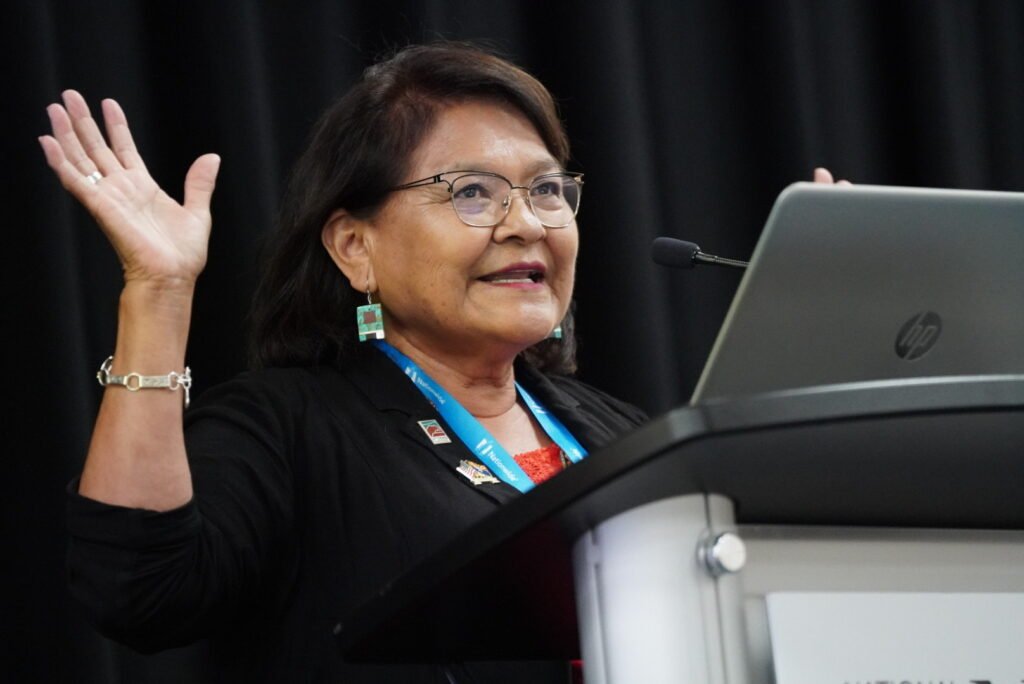Coconino County, Arizona and the Navajo Nation have formed a partnership to create a cultural tourism initiative that educates visitors about Native American history and traditions and benefits the local economy.
“When we talk about cultural tourism, there are no borders,” Coconino County Supervisor Lena Fowler said at a July 13 meeting of the NACo Arts and Culture Committee.
NACo Arts and Culture Committee
July 13
“It's about building partnerships and learning more about each other so that trust and understanding can develop,” said Fowler, a member of the Todichiini (Bitter Water) Clan of the Navajo Nation.
Coconino County has partnered with local observatories, tribal nations and national parks to host the “Navajo Bridge Star Party,” giving visitors a chance to stargaze and learn about Native American teachings. The county also partnered with the Navajo Nation to create a Navajo Interpretive Museum on unincorporated land in the county and will host its first Native American Music Festival this year. These cultural tourism efforts not only educate visitors about the Navajo “way of life,” but also help support the local economy, Fowler said.
“It takes time to build those deep relationships,” Fowler said. “And it takes a lot of desire and dedication to make it happen. And then you have to develop a strategy for success, and the outcome is economic success. That's where our county's revenue comes from. So it's, 'How healthy is our business community? How healthy is our community?' That's what we're striving for.”
One initiative Coconino County has become known for is its roadside jewelry vendors. The Navajo work with a variety of partners, including the county, the U.S. Forest Service, Glen Canyon National Recreation Area and Grand Canyon National Park, to sell handmade jewelry on the side of roads throughout the county. Ghost beads, used in Native American culture to protect against negative energy, are one of the many cultural jewelry pieces the Navajo sell, Fowler said.
“In the process, we tell a story about what the jewelry is,” Fowler said. “To us, jewelry is not just a decoration, it's actually about controlling the energy around us.”
Fowler said a portion of the profits from the roadside jewelry sales will be set aside for the local community and go towards a student scholarship fund.
“These cultural experiences, for our visitors and for us who live there, create wonderful memories that we take home with us.”
















